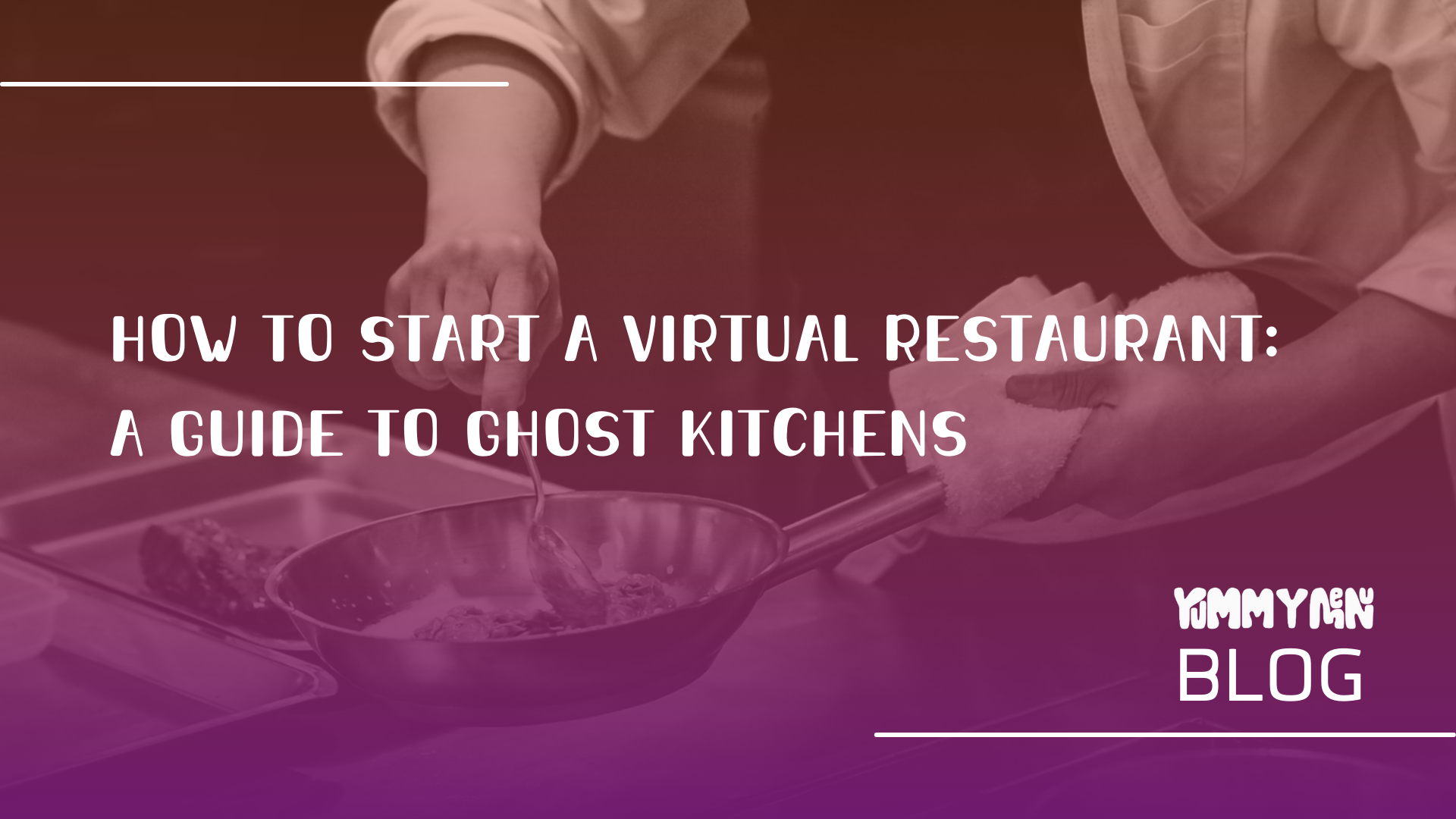
How to Start a Virtual Restaurant: A Guide to Ghost Kitchens
In recent years, the food industry has undergone a significant transformation due to advancements in technology and changing consumer preferences. One of the emerging trends in the culinary world is the rise of virtual restaurants and ghost kitchens. These innovative concepts are revolutionizing the way food businesses operate, offering a cost-effective and efficient alternative to traditional brick-and-mortar restaurants. In this blog, we will explore the concept of virtual restaurants and provide a comprehensive guide to starting your very own ghost kitchen.
Understanding Virtual Restaurants and Ghost Kitchens:
Virtual restaurants, also known as ghost restaurants or cloud kitchens, are food establishments that operate exclusively for delivery and takeout. Unlike traditional restaurants, they don't have a physical dine-in space. Instead, they exist solely in the virtual realm, allowing customers to place orders through online platforms and delivery apps. Ghost kitchens are equipped with professional-grade kitchen facilities designed to cater to multiple virtual restaurant concepts simultaneously, maximizing efficiency and reducing operational costs.
Market Research and Concept Development:
As with any business venture, thorough market research is crucial before starting a virtual restaurant. Identify the target audience, study local food trends, and assess the competition. Once you have a clear understanding of the market, develop a unique and enticing restaurant concept that aligns with popular demands. Whether it's gourmet burgers, vegan cuisine, or artisanal pizza, a well-defined concept sets the stage for success.
Securing the Right Location:
Selecting the right location for your ghost kitchen is a critical decision. Look for areas with a high population density, a significant number of potential customers, and easy access to delivery services. Remember, the absence of a dine-in space allows ghost kitchens to operate from less conventional locations, such as industrial zones, which can help reduce overhead costs.
Setting Up Your Kitchen:
Investing in a well-equipped kitchen is essential for the smooth functioning of your virtual restaurant. Design the kitchen layout to accommodate multiple restaurant concepts if you plan to run more than one brand from the same ghost kitchen. Ensure that your kitchen adheres to health and safety regulations, and acquire the necessary permits and licenses before commencing operations.
Partnering with Delivery Platforms:
Virtual restaurants heavily rely on online food delivery platforms to reach their customer base. Partner with popular delivery apps like Uber Eats, DoorDash, Grubhub, or Postmates to maximize your reach. These platforms offer visibility to a broader audience and handle the logistics of food delivery, allowing you to focus on preparing delectable dishes.
Building an Online Presence:
A strong online presence is crucial for the success of your virtual restaurant. Create a user-friendly website or mobile app where customers can easily browse your menu, place orders, and track deliveries. Utilize social media platforms to engage with customers, offer promotions, and generate buzz around your brand.
Quality and Consistency:
In the virtual restaurant business, customer satisfaction is paramount. Focus on delivering high-quality, consistent food that delights your customers with every order. Pay attention to packaging to ensure that food arrives fresh and appealing.
The virtual restaurant model, powered by ghost kitchens, has transformed the food industry, offering a modern and efficient solution for aspiring entrepreneurs and established restaurateurs alike. By understanding the market, developing a unique concept, and leveraging technology, you can set up a successful virtual restaurant that caters to the evolving demands of today's food enthusiasts. Embrace this innovative approach, and you'll be well on your way to culinary entrepreneurship in the digital age. Good luck!
